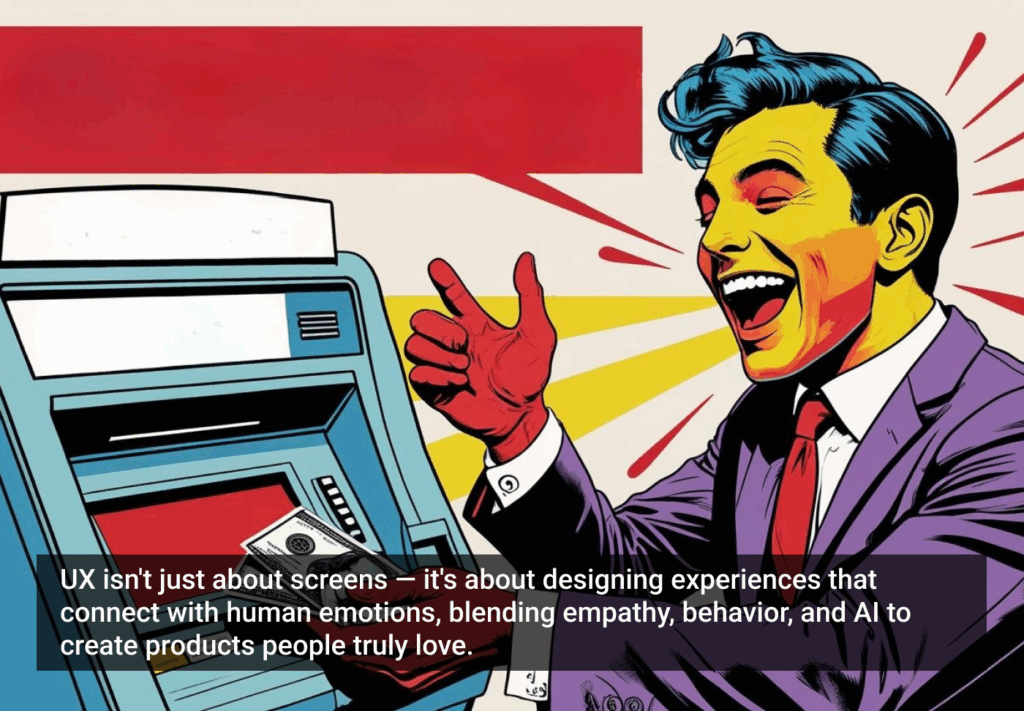Our relationship to work is in the early stages of changing forever as our capabilities are drastically enhanced by the technologies associated with AI. I’ve been working in this space for decades, but the general public got a massive dose of what I’m talking about with OpenAI’s release of ChatGPT. Suddenly, machines can interact conversationally, responding to written prompts with stunning levels of sophistication.
The concerns about AI replacing jobs are valid (if not completely founded). Many companies are taking a short-term approach to implementation centered around cost-cutting and immediate profit. This kind of activity is bad for jobs—not just in the roles it eliminates, but also in terms of the quality of the jobs that it doesn’t render obsolete.
In his contact center automation predictions for 2023, Gadi Shamia notes that past solutions designed to get agents to answer more calls faster are missing the mark and that the focus should be on freeing agents from repetitive tasks. He points to an automobile association that uses automation to handle standard roadside emergency requests.
“By automating these non-hazardous calls,” he wrote, “the company reserved agents to deal with complex issues, such as a passenger stuck on a snowy highway at night.”
This points to the real power of AI. When used to improve both customer and employee experience, it’s a total game changer. This requires more of a long-term mindset, but the end result can be jobs that include significantly less tedium and significantly more human interaction.
There are lots of jobs that become more rewarding—both to those performing them and the customers they serve—when humans get to spend more time interacting with one another. The human element is something that AI can’t replace: our instincts, our ability to contextualize information, and our creative problem-solving are essential for AI to thrive. In business settings where humans and machines are collaborators, blending their strengths, AI can improve experiences for employees and customers.
Become a member to read the whole content.
Become a member







